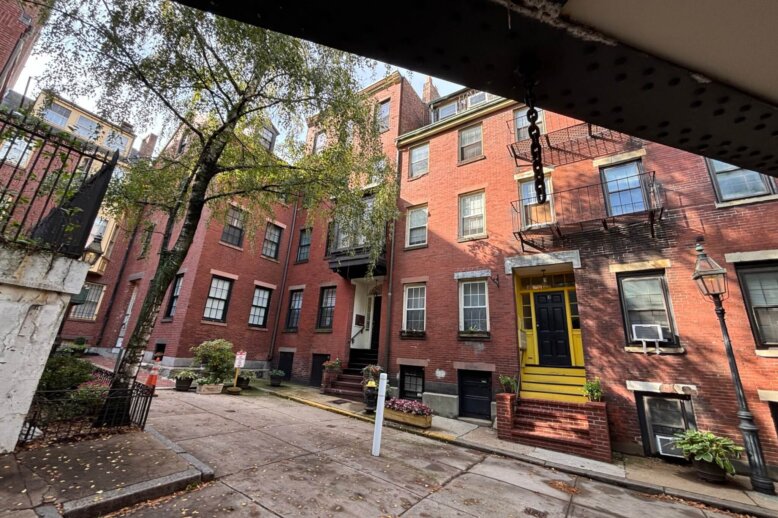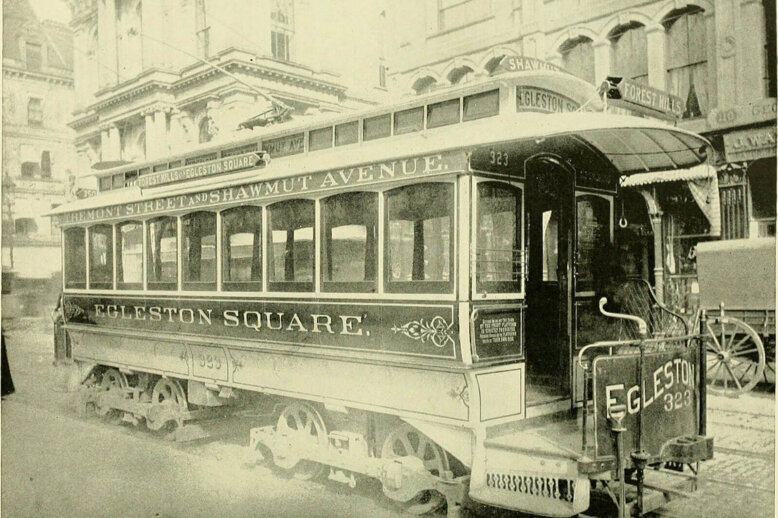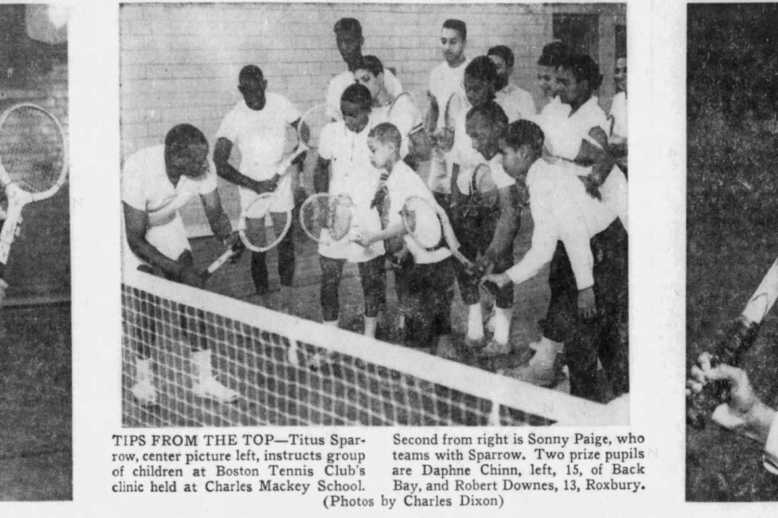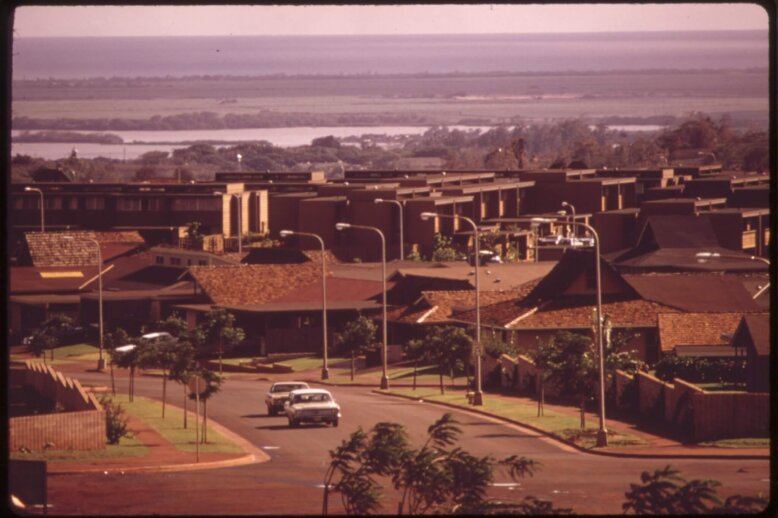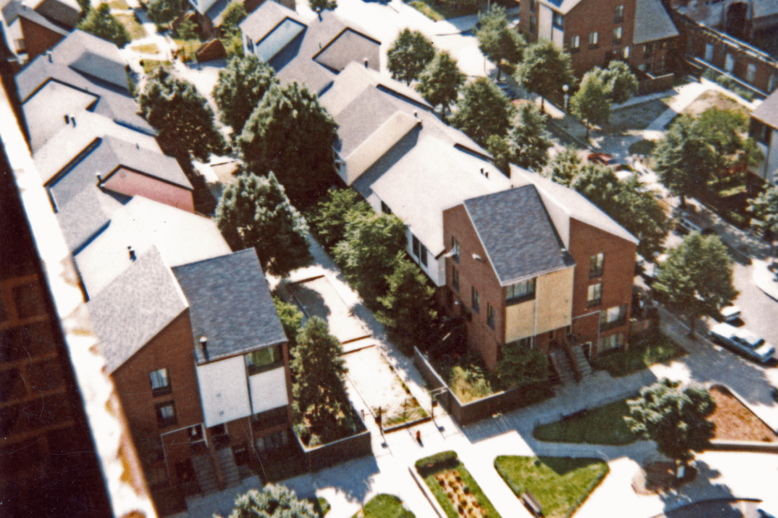Topic: City Planning
City planning and design, built environments, urban planners, parks, roads
Uncovering Lindall Place Tucked away in a cozy nook off Cambridge Street, on the border of the West End and Beacon Hill, tiny Lindall Place can easily be overlooked by passersby. The street is modest in size and camouflaged by the elevated Red Line tracks leading to Charles MGH Station from the Beacon Hill Tunnel…
The Signscape of Scollay Square Scollay Square, Boston’s port-side entertainment center, was full of flashing marquees. Directional signs on theatres, peepshows, and taverns helped people find their way through the maze of cobbled streets and guided crowds to transportation or fun. Though Scollay Square was destroyed by urban renewal, the vibrant electric atmosphere has been…
How The West End Meets the World: Mass Transit that Shapes the Neighborhood Tens of thousands of people traverse the West End neighborhood every day without even knowing it. The West End has been home to rail links connecting Boston with North Shore communities and the rest of northern New England for over a century.…
Titus Sparrow: The Tennis Ace who Brought Courts Back to Boston Renowned tennis player and Boston native, Titus Sparrow (1908-1974), recognized that a city owed its residents more than just roads and bridges. During a long career in which he taught hundreds of young tennis players, Sparrow advocated for public tennis courts for all neighborhoods.…
Destruction and Disappointment: The Legacy of Boston’s Central Artery Boston’s Central Artery promised relief to the city’s traffic dilemma, but as with most major building projects of the mid-20th century, it brought demolition, displacement, and ultimately disappointment. Less than 20 years after the first automobiles hit the dirt roads of Boston, traffic congestion had become…
Eminent domain is the right of the state to seize the private property of an individual for a public purpose with just compensation. The third and final article in this series explores the Supreme Court decisions that influenced eminent domain policy from the mid twentieth-century to the present.
Boston’s urban landscape has been dramatically shaped by urban renewal initiatives of the mid-20th century. Among the most notable examples are the West End and Charlestown—two historic neighborhoods with starkly divergent urban renewal results. While the West End became the poster child for urban renewal’s destructive potential, Charlestown had a very different outcome only a few years later. This article examines these contrasting urban renewal experiences, highlighting their implementation approaches, community responses, and lasting impacts on Boston’s urban fabric.
During the mid-20th century, Boston targeted the South End for urban renewal, alongside the West End and other low-income communities across the city. Responding to impending displacement, the South End’s Puerto Rican residents organized to take control of their community’s destiny, forming the Emergency Tenants’ Council (ETC) and successfully negotiating the right to redevelop the land themselves. The result was Villa Victoria—a community-planned and operated housing development that would become the center of Latino life and culture in the South End. Unlike top-down redevelopment schemes that displaced residents, as happened in the West End, Villa Victoria emerged from the community’s own vision and struggle.


